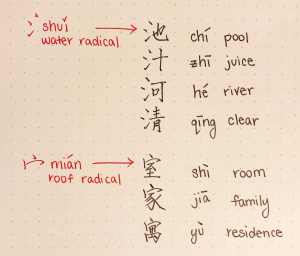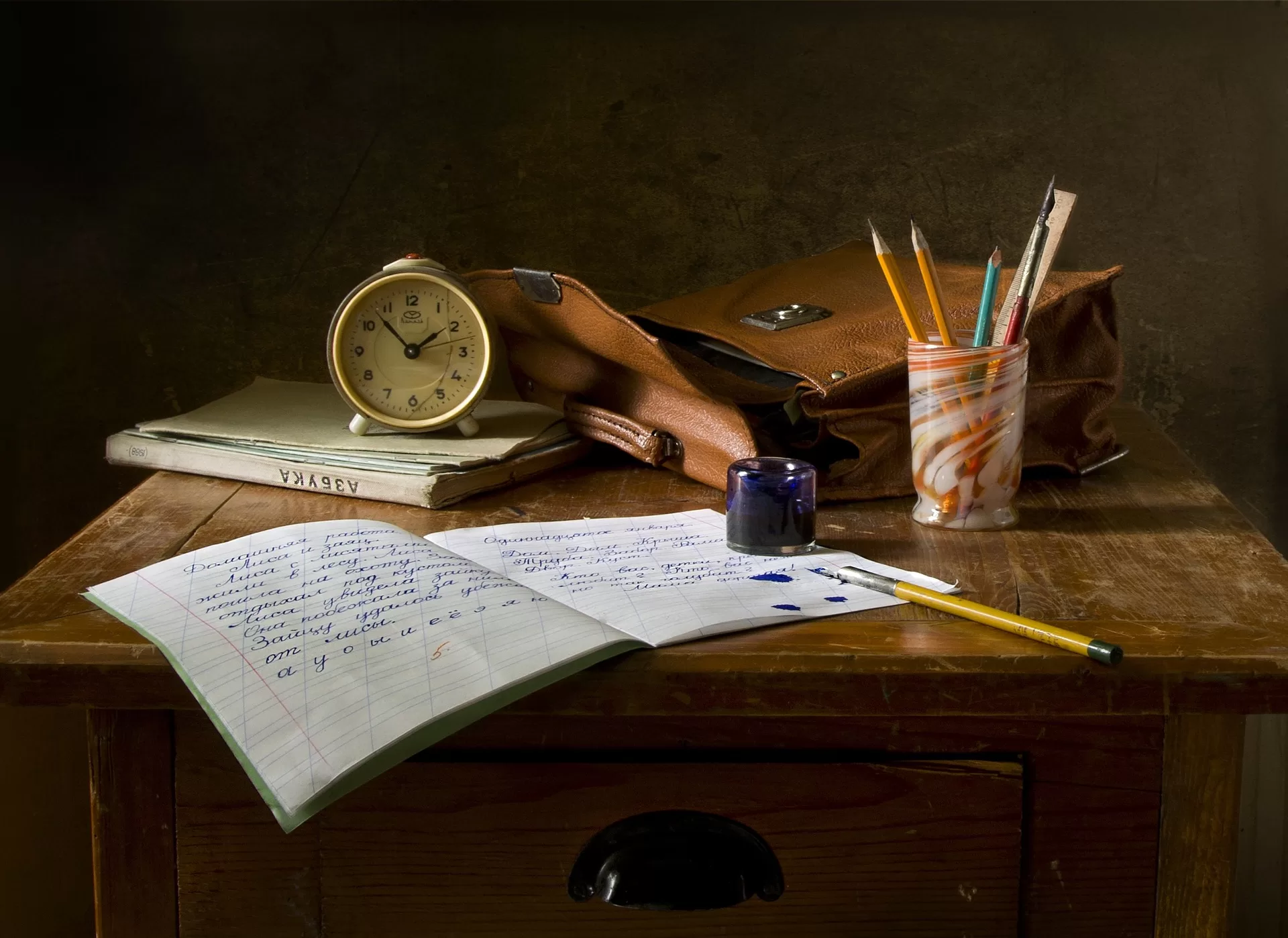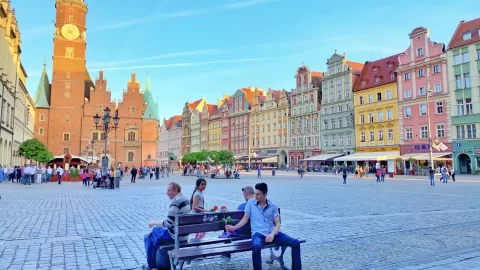Can art be a language and language be an art? They seem like opposites to each other, but in many ways, creativity and language learning can go hand in hand. HelloTalk user, Swetha, gets praise from people around the world. All because of her creative approach to learning Mandarin.
I manage to catch Swetha for a Skype interview just after she finishes school on a Friday and before she goes to her job at a Chinese restaurant. For Swetha, it has been important to surround herself with the culture she is interested in. “I haven’t seriously practised Mandarin all year, I’ve indirectly studied it,” says Swetha. “In the beginning, learning a language is always a chore, but after the first year, it becomes a part of your life.”
Swetha’s parents moved to America twenty-five years ago and she was born and raised near Boston. Swetha can speak her parent’s native Southern Indian language, Telugu, but never felt especially drawn by languages.
“When I was learning Spanish in middle school and Italian in primary school I really didn’t care at all. My Spanish was one of the worst in the class,’ Swetha says. “Only since I’ve been in high school did I pick up Mandarin and developed an interest for it.”
Wow! Mandarin in high school? That’s pretty rare!
“It’s really hard to find, I was lucky to have a Mandarin class on offer,” says Swetha. “I started taking Mandarin in my freshman year and I’ve studied it in school ever since. For the last two years, I started learning online and using HelloTalk.”
Swetha has gained a huge following on HelloTalk primarily for her Chinese handwriting.
“In 9th and 10th grade my writing was all over the place,” Swetha laughs. “In Mandarin, it’s really hard to follow the stroke order for writing characters. At first, I just enjoyed the drawing side. I didn’t really understand much about the structure.”
“Mandarin is often characterised as the world’s hardest language, but it’s so much fun! It’s like you’re drawing pictures”, she adds with excitement.
“Are you into art?” I ask her.
“Yeah! I’m into art, but it’s a hobby now,’ says Swetha. “I’m more into design because it has rules. That’s also what draws me into Chinese handwriting.”
It was a year ago, when Swetha set up her HelloTalk account, that she started to seriously practice her Mandarin handwriting. Today, she gets compliments for her calligraphy from users all over the world, including from native speakers of Mandarin.
How does she practice, I wonder?
“I practice writing new vocabulary every day. I teach myself Mandarin on HelloTalk and through dictionary apps. I read Chinese articles, watch Youtube and use Instagram to find calligraphers. I follow, like, a hundred calligraphers and watch them try out different styles. It’s good to look up different kinds of scripts”, says Swetha.
“Writing the characters helps you learn. The writing system is so pictographic, and specific parts of each character also carry a meaning. Knowing the components of a character can sometimes help you decode its meaning. For example, three dots indicate something to do with water, and a little roof signifies a connection with a house or family. Sometimes when speaking Chinese I visualise the characters in my head. It’s perhaps a weird way to remember words but it has helped me learn.”

For Swetha, practising Mandarin has become a huge part of life outside school. Over the last few years, she has been to China three times for exchange programs in Beijing and Shanghai.
“The first time I went to China for two weeks with my school in my freshman year. Last year I went to Shanghai for two months, this time by myself, and this year to Beijing for a month. Every time I leave China I want to go back. Each city is so different it feels like a new country —the food, the culture, the dialects are all unique.”
Swetha helps as a teaching assistant at a Chinese school in a town near Boston where she corrects papers and practices writing Chinese characters. This work, along with her job in a Chinese restaurant, and going on exchange programs, Swetha seems to have organised her out-of-school lifestyle to revolve around learning and practising Mandarin.
“It’s an interesting way to practice. Mandarin is such a huge part of my life, I don’t have any free time. But I mean it in a good way,” laughs Swetha. “Now learning is just ‘doing’. With it being an integral part of my daily routine I don’t have to learn Chinese separately.”
What would you tell someone who is just starting to learn Mandarin?
“Don’t push yourself too hard. A lot of people learn Mandarin much faster than I do. If you learn at your own pace though, it doesn’t feel like studying, but more like experiencing the language.”
“There are so many things I’d wish I’d known when I’d started learning. Make sure you learn the stroke order correctly I would have learned calligraphy much faster if I had nailed it down from the outset.”So how is calligraphy shaping Swetha’s future path?
“Right now I’m in my last year of high school. In college, I want to focus on the business and STEM tracks. If I build more connections with China and India, business would be a good route to follow. But before college, I want to go to China for one summer. Learning at the pace I am now, I should be able to get my calligraphy to a level high enough to be able to teach it.”One stroke at a time, Swetha’s writing out her life story. Follow her Moments on HelloTalk, even if you aren’t learning Mandarin — you’ll enjoy the aesthetics.












